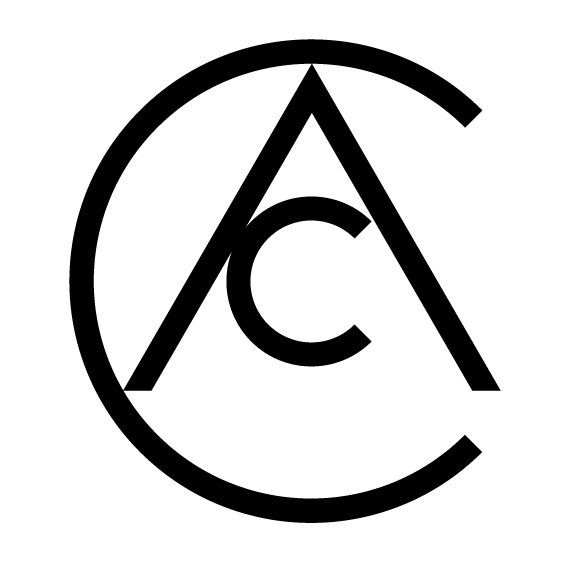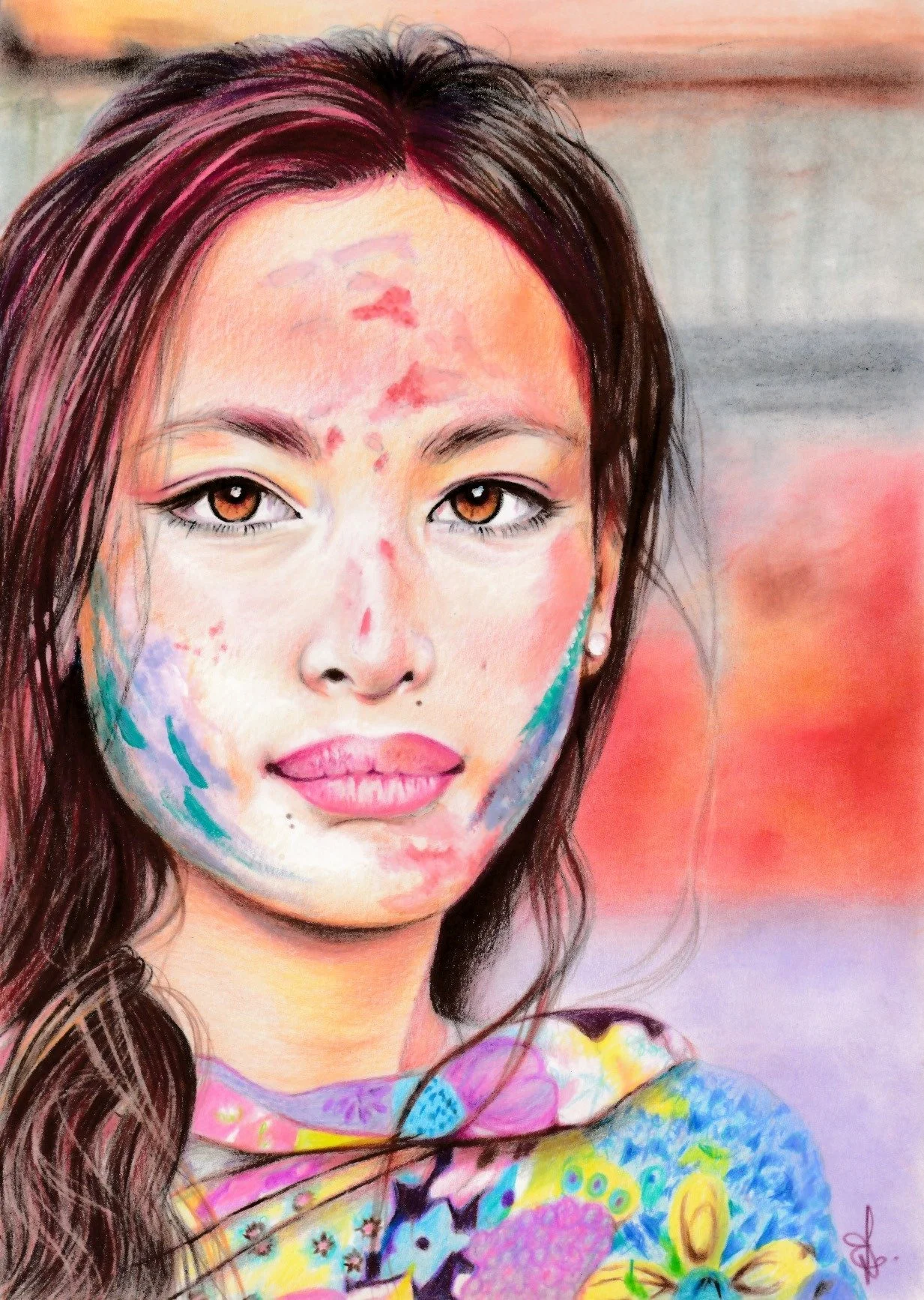Claire van der Boog
Claire van der Boog’s artistic journey is one of profound and evocative engagement with space, a concept she dissects, reconstructs, and reimagines with remarkable precision and intellectual depth. Her work, a fusion of geometric minimalism and conceptual vigor, demonstrates a rare ability to interrogate the unseen dynamics of spatiality. In her exploration, space is not merely a passive entity; it becomes a dynamic medium, a tool for questioning perception, and a canvas for infinite interpretations. Through her intricate prints, mixed media installations, and spatial compositions, van der Boog occupies a unique position in contemporary art, marking her as a vital figure whose practice both challenges and enriches our understanding of the material and immaterial worlds.
Van der Boog’s artworks, such as the mixed-media piece View of a Room and her intricate print series Timelapse, reveal her mastery in manipulating spatial illusions. Her use of bold geometric lines, contrasting colors, and layered textures creates a mesmerizing interplay between depth and flatness, order and disruption. In works like Imaginary Space, the rigid grid systems fragment into dynamic perspectives, evoking a sense of endless possibilities. These pieces draw comparisons to the optical experiments of Victor Vasarely, yet van der Boog’s approach is distinctly her own, emphasizing the tension between the viewer’s physical reality and their psychological perception of space.
Through her artworks, like Lining Lines and Timelapse, van der Boog invokes a sensation of spatial flux. These works present labyrinthine structures that suggest movement within stillness, time embedded within form. Her use of precise linework and vibrant yet measured palettes destabilizes the observer’s sense of orientation, encouraging a reevaluation of their own relationship to space and perspective. This complexity is never gratuitous; it stems from her profound engagement with the philosophical dimensions of space, an engagement that she describes as “a journey into the infinite, a bending, distorting, and magnifying of space to reveal new interpretations.”
Van der Boog’s conceptual framework is deeply informed by her multicultural upbringing, which instilled an acute awareness of spatial dichotomies. Her statement, reframed, reveals a life-long fascination with space as both a physical and metaphysical construct. As a child navigating relationships divided by oceans, she experienced space as an invisible force shaping her connections and emotions. This early perception evolved into a nuanced appreciation for the architectural essence of space—its power to convey peace, simplicity, or unease. Her work invites viewers to embark on their own journeys into the infinite, where space becomes a site of reflection and reinvention.
For van der Boog, space is infinite and insatiable, a realm that resists easy comprehension. Her art transforms this abstract vastness into tangible encounters, allowing the viewer to “personalize the infinite” through their sensory and intellectual engagement. This philosophy places her in conversation with 20th-century minimalist masters like Donald Judd, whose work similarly sought to redefine spatial experience. Yet where Judd’s sculptures often emphasize material presence, van der Boog’s practice delves into the immaterial, the elusive, and the impermanent. Her work not only occupies space but also questions its very boundaries and limitations.
The influence of architecture on van der Boog’s practice is unmistakable. Her ability to “highlight and create new relationships with space,” as she describes, manifests in works like View of a Box, where she combines transparency, layering, and structural rigor to evoke a sense of spatial transformation. These compositions challenge the viewer to see beyond the immediate and to imagine alternative narratives embedded within the architectural environment.
Van der Boog’s fascination with architecture aligns her with the legacy of De Stijl, particularly the works of Piet Mondrian. However, while Mondrian pursued the spiritual through abstract purity, van der Boog’s practice is grounded in the tangible and experiential. Her geometric precision and deliberate manipulation of light and shadow imbue her work with a modernist sensibility, yet her emphasis on viewer interaction and perception situates her firmly in the contemporary realm.
In works like Timelapse A1: Shot 4, the layered interplay of opaque and transparent materials disrupts the static nature of traditional art forms. These pieces transform the gallery space into an active participant, where light, movement, and the viewer’s shifting perspective coalesce into an ever-changing experience. By bending the boundaries between art and architecture, van der Boog creates immersive environments that are both meditative and intellectually stimulating.
Claire van der Boog’s contribution to contemporary art is both timely and enduring. Her work resonates with current dialogues surrounding the nature of perception, the materiality of space, and the human experience of the infinite. In a market often saturated with fleeting trends, her rigorously conceptual yet visually captivating practice stands out. Collectors and curators are drawn to her ability to merge intellectual depth with aesthetic innovation, ensuring her place as a rising star in the art world.
Her art’s relevance is further amplified by its accessibility. While deeply rooted in complex theories of space and perception, her work retains a universal appeal, speaking to the innate human curiosity about the unknown. This balance between conceptual sophistication and emotional resonance places her alongside contemporary luminaries like Olafur Eliasson, whose installations similarly bridge the gap between sensory experience and intellectual inquiry.
Claire van der Boog’s practice is a testament to the enduring power of art to transform our understanding of the world around us. Her meticulous exploration of space challenges us to see beyond the visible, to question our assumptions, and to embrace the infinite possibilities of perception. Her work not only enriches the contemporary art landscape but also invites us to reconsider our relationship to the spaces we inhabit.
In comparing her work to the past, one cannot help but see echoes of Kazimir Malevich’s Suprematism, particularly his pursuit of the “absolute” through abstraction. Yet where Malevich sought to transcend the material, van der Boog finds meaning within it, using geometry and architectural principles to anchor her explorations of the infinite. Her art, like Malevich’s, is a meditation on the possibilities of human perception, yet it is firmly grounded in the contemporary, addressing the complexities of a world defined by rapid technological and spatial transformations.
Claire van der Boog’s art is a rare confluence of intellectual depth, aesthetic precision, and emotional resonance. Her ability to reinterpret space through geometry, color, and materiality positions her as a unique and indispensable voice in contemporary art. As her work continues to evolve, it promises to challenge and inspire, offering new perspectives on the infinite mysteries of space. In an art world hungry for innovation and authenticity, van der Boog’s practice is not just relevant; it is essential. Through her art, she opens doors to new worlds, inviting us to step through and see the infinite anew.
Fundamentally, van der Boog’s work represents a redefinition of artistic engagement with space, serving as a bridge between historical abstraction and contemporary dynamism. Her practice interrogates the limits of perception, compelling us to see the familiar in unfamiliar ways. By balancing rigor and accessibility, she positions herself at the vanguard of a new wave of spatially focused art. Her work transcends its immediate visual impact, delving into philosophical inquiries that resonate deeply in a world increasingly dominated by virtual and fragmented spaces. Through her art, van der Boog not only creates but also educates, urging her audience to consider space as an active participant in their lives rather than a passive backdrop.
In doing so, Claire van der Boog is not merely an artist but a visionary—someone who transforms the way we interact with the world. Her exploration of space, with all its infinite potential and limitations, becomes a metaphor for human curiosity and resilience. As she continues to push boundaries, her work promises to leave a lasting legacy, reminding us that art, at its best, reveals new dimensions of existence and expands the horizons of human thought.
By Marta Puig
Editor Contemporary Art Curator Magazine
Encapsulated perspectives 19/10 2019
Imaginary space 2018
Lining lines 2019
view of a room n°1 2019View of a box
View of a box 2019
Time lapse A1 - shot 1 2021
Time lapse A1 - shot 2 2021
Time lapse A1 - shot 3 2021
Time lapse A1 - shot 4 2022












